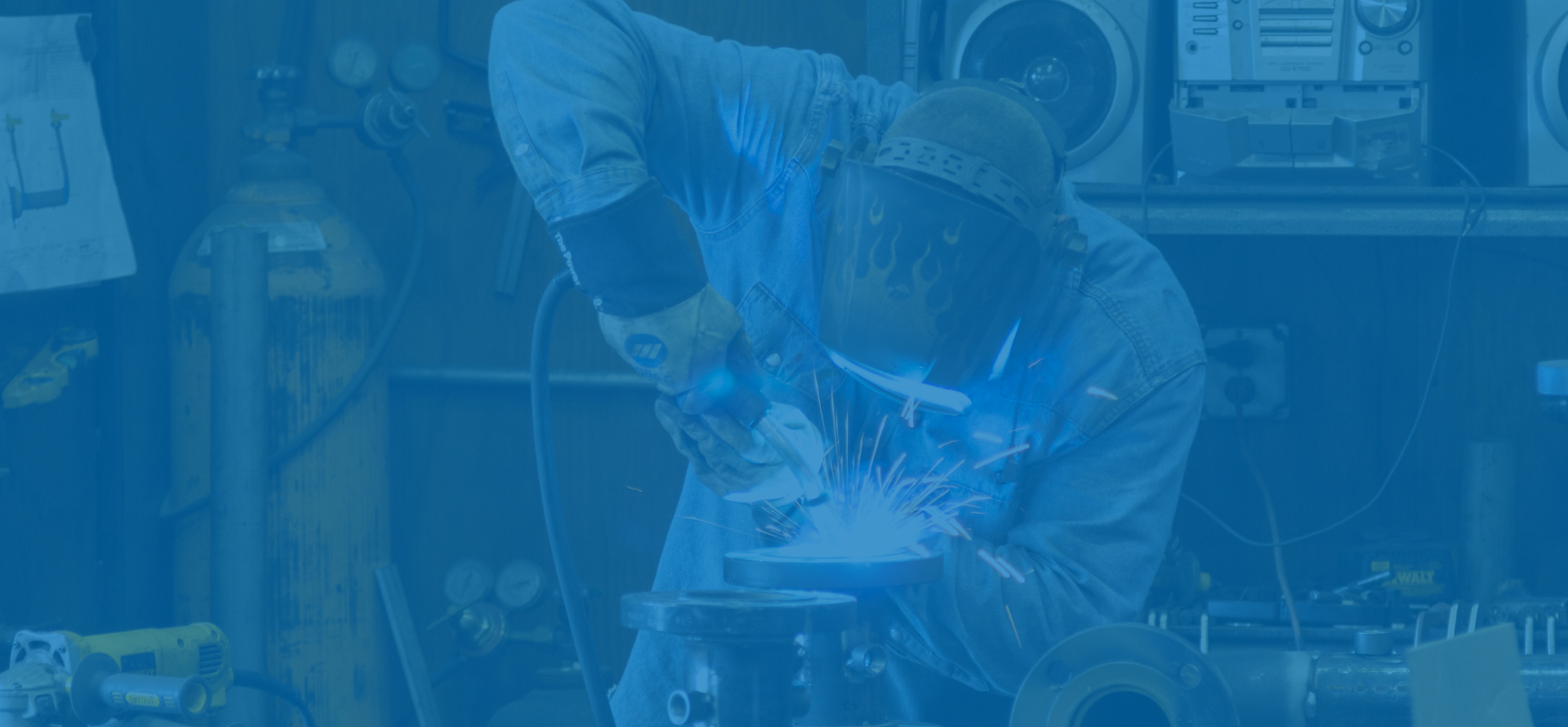Grill Section
Principles of Grilling
Conduction, Convection and Radiant Heating
Recently a good friend of mine purchased a new smoker. He has only cooked on the smoker a couple times and with good success, but the other day he complained that he burned some ribs by accident. He commented that the heat just got away from him.
This unfortunate situation can happen as one is learning to use a new gas grill or even a charcoal smoker. In an effort to help prevent these situations from happening to future grillers, I thought it would be a good idea to discuss the science of proper grilling principles.
It is important to understand three scientific principles behind heat transfer as it refers to grilling. Conduction, convection, and radiant heat (radiation) will be described below so you will be able to apply these ideas to your next grilling experience.
Conduction is the process of heat transfer by direct contact of the food to the heat source. This usually occurs at higher temperatures, thus creating a searing effect. Infrared grilling is a good example of conduction. Conduction also occurs at the grilling surface (grill grates).
Convection occurs when the heat is carried to the food that is being cooked. The use of some type fluid such as air, water and even oil will act as a carrier for heat transfer. In grilling, this process is also termed “indirect grilling”. Indirect grilling occurs when food is not in contact with the heat source. The food is cooked away from the heat and the heat is circulated around the food. There many forms of convection grilling and the research on this matter is quite extensive. Convection or indirect grilling is a good method for slow smoking or grilling. Convection occurs at the top of the grill or smoker. Because of this, it is important to have a hood that seals properly. A grill or smoker with thicker or heavier metals in the hood will help with the convection process by keeping the heat trapped longer. Ventilation is important otherwise, the heated air does not circulate and will accumulate above the food instead.
Radiation is the transfer of heat by the direct exposure to the heat source. This is another form of conduction and is responsible for such things as grill marks. The food makes direct contact with the hot grill grates, the natural sugars and moisture of food erupt, thus caramelizing and leaving the charred markings.
Grill head shapes dramatically influence radiant and convection heating. Units used for smoking characteristically have dome shaped hoods because they rely almost exclusively on convection cooking. The dome forces heat to circulate around the food and keeps it from stagnating at the top. A high quality grill will also use the same principle with the hood having a dome shape to help reflect and circulate the heat evenly across the cooking surface. This is why you will not find square or rectangular shaped hoods on quality grills.
With some food such as steak, fish, and some vegetables first cook using the conduction method and then configure the grill to cook using convection heating. To configure the grill to do this, turn off all but one or two burners (depending on your size grill) and move the food on the grilling surface away from the direct heat.
Learning and applying these three simple principles will help you in becoming a grill master.
-Todd Smith
W.P. Law, Inc.








